
Why Is TV Called the ‘Boob Tube’?
When TVs became popular in the 20th century, some people started calling it ‘the tube.’ That nickname soon spawned an even catchier one: ‘the boob tube.’
2023-07-20 04:21

Netflix adds nearly 6 million paid subscribers amid password sharing crackdown
Netflix's crackdown on password sharing appears to be paying off.
2023-07-20 04:20
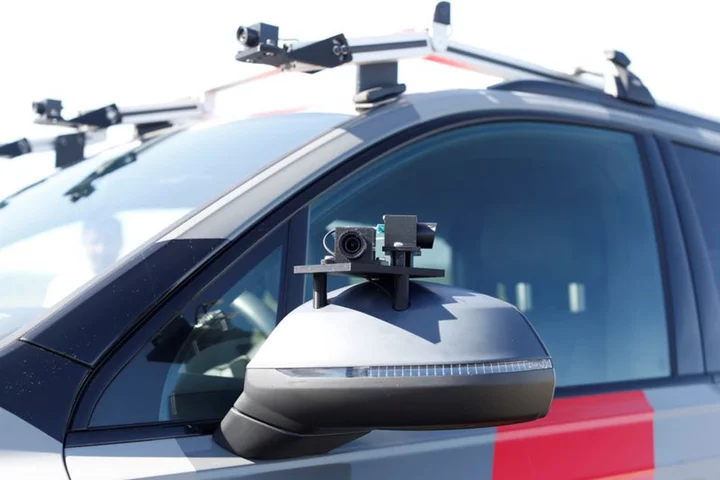
US House panel looks to revive stalled self-driving legislation -sources
By David Shepardson WASHINGTON (Reuters) -A U.S. House of Representatives panel will hold a July 26 hearing as lawmakers look
2023-07-20 03:24
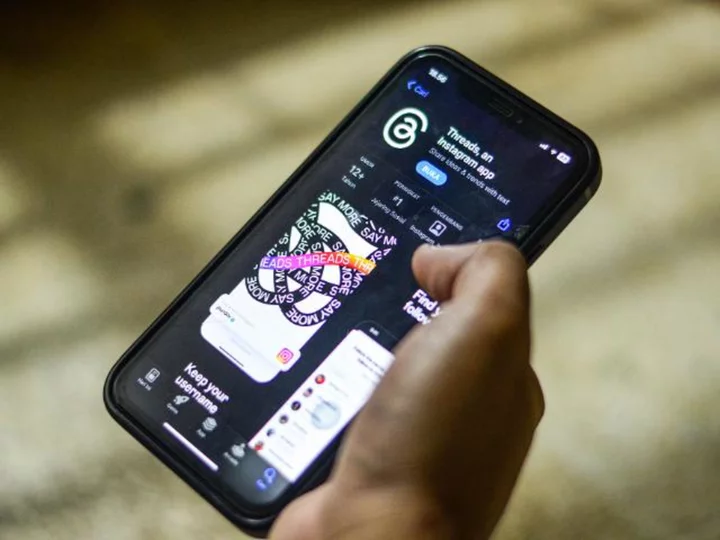
Threads now has 'tens of millions' of daily users. But its honeymoon phase may be over
Two weeks after Meta launched its Twitter competitor Threads and received an unprecedented amount of user signups, the frenzy around the app appears to have come back to Earth.
2023-07-20 02:17

Microsoft is giving out free cybersecurity tools after an alleged Chinese hack
Microsoft is offering free cybersecurity tools to some government and commercial customers following criticism of the tech giant's handling of a major alleged Chinese hack that compromised US government email accounts.
2023-07-20 01:26
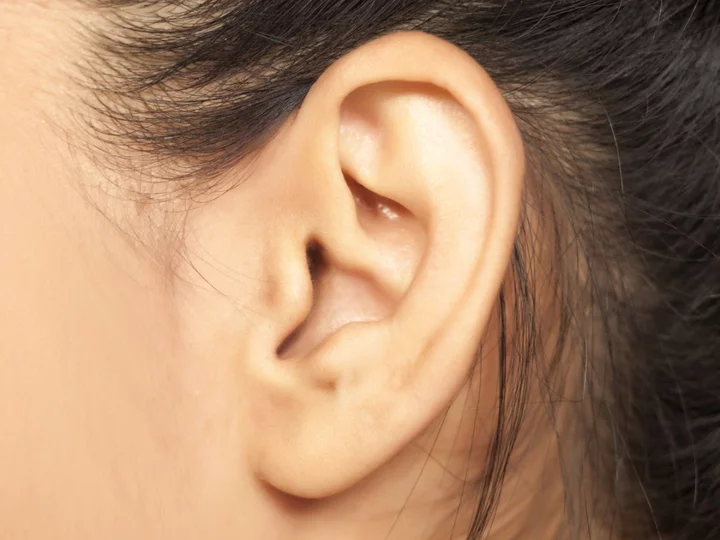
Scientists build brain-computer interface that connects via the ear canal
Researchers in China have invented a device that can connect people’s brains to a computer via their inner ear. The SprialE brain-computer interface (BCI), developed by a team from Tsinghua University in Beijing, uses a flexible in-ear material to establish a digital connection to the brain. It follows recent advances into BCI technology, which has seen company’s like Elon Musk’s Neuralink test brain chips capable of reading the minds of pigs and monkeys. Ultimately, the technology could offer “full-bandwidth data streaming” to the brain. Unlike Neuralink’s device, the latest invention does not require surgery or other microneedle-based invasive methods to install, which the scientists claim make it suitable for daily use. Current methods of connecting BCIs via the ear involve support systems like earplugs or 3D printed attachments, however the spiral design means it can be slid in and out without blocking the wearer’s hearing. “The hollowness of SpiralE ensures that all subjects could hear audio stimuli in the outside world in real time,” the researchers noted, adding that its unique structure demonstrates that “natural and discreet wearable electronics can be integrated into real-life applications.” The research was detailed in a study, titled ‘Conformal in-ear bioelectronics for visual and auditory brain-computer interfaces’, was published in the scientific journal Nature Communications. The technology could allow applications like translating thoughts into text, control digital objects with thought alone, or even augmenting human memory. A 2019 report from the Royal Society said the technology had the potential to “transform medicine and fundamentally change how we interact with technology and each other”, however it warned that BCIs raise critical ethical concerns relating to privacy and human rights. “Neural and brain-computer interfaces may challenge the very essence of what it is to be human,” the report stated. “Working out how, and even if we want to use them requires an open and inclusive debate involving many voices and all sectors of society.” Read More What is superintelligence? How AI could wipe out humanity – and why the boss of ChatGPT is doomsday prepping A mysterious source has been sending radio signals to Earth from space for decades Beats launches updated version of Studio Pro over-ear headphones How Mark Zuckerberg’s new ChatGPT rival could lead to ‘obscene’ AI
2023-07-20 01:24
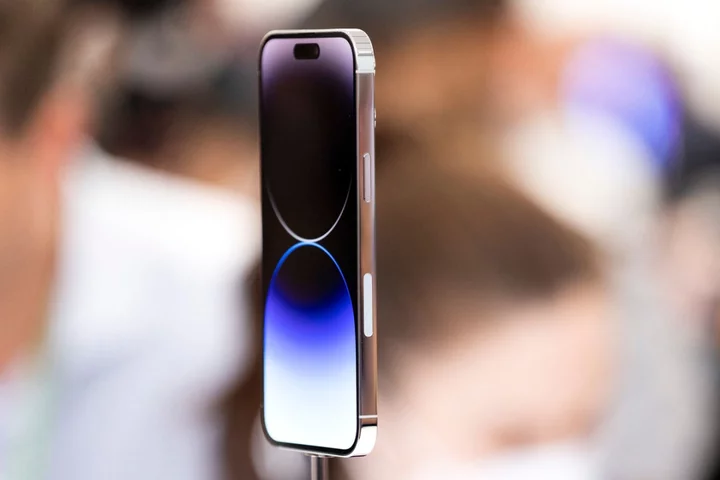
Apple secretly working on its own AI chatbot, report claims
Apple is working on its own ‘Apple GPT’, according to a new report. The system is an artificial intelligence chatbot like those offered by other companies, Bloomberg reported. It uses Apple’s own large language model framework and is built on tools from Google, the report said. The company is still unclear what purpose the system will serve, Bloomberg reported. But it is gearing up for a major announcement next year, it said. Multiple teams are currently working on the project, the report claimed, with some of those tasked with working on privacy concerns around the technology. Apple has focused on privacy as one of its fundamental principles, especially in recent years. If released, ‘Apple GPT’ would mark Apple’s first major step into artificial intelligence as its own product. Apple has been much more slower than competitors in offering own AI tools, and has been publicly cautious about embracing the technology. In an earnings call earlier this year, for instance, chief executive Tim Cook said that Apple was planning to “weave” artificial intelligence into its products, but that it would have to be “deliberate and thoughtful”. He said there is a “number of issues that need to be sorted”. Many had expected that Apple could address the growth of and hype around artificial intelligence during its Worldwide Developers Conference event last month, where it also released its Vision Pro virtual reality headset. But the topic went notably unmentioned, and Apple did not use the phrase at all, instead referring to those products using the technology as being powered by machine learning. Apple already offers a host of products powered by technologies that are often referred to as artificial intelligence. Siri uses such capabilities to power its voice recognition and responses, for instance – though Apple does not tend to publicly refer to it as such. Previous reports have suggested that Apple’s progress on artificial intelligence has been hindered by its characteristic private approach, which set it against a research community that is focused on publishing papers and sharing research. In recent years, however, it has made a number of high profile hires in the field and allowed them to publicly publish some of that work. Read More Beats launches updated version of Studio Pro over-ear headphones Rare ‘Holy Grail’ iPhone sells for almost $200,000 Apple’s next iPhone may include new battery technology, report suggests
2023-07-20 01:15
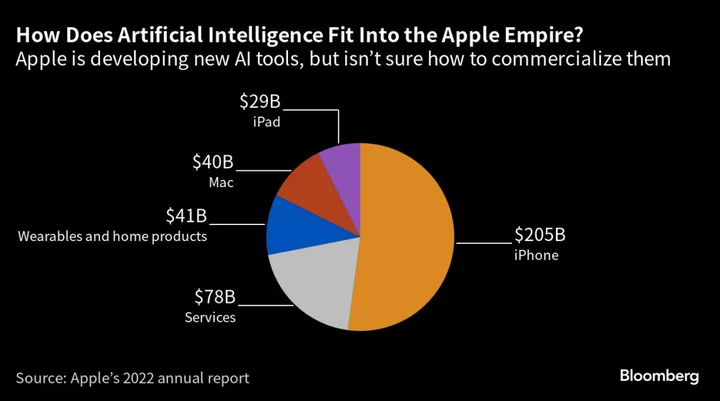
Apple Tests ‘Apple GPT,’ Develops Generative AI Tools to Catch OpenAI
Apple Inc. is quietly working on artificial intelligence tools that could challenge those of OpenAI Inc., Alphabet Inc.’s
2023-07-20 00:57

U.S. antitrust enforcers tackle digital platforms in new merger guidelines
WASHINGTON New draft guidelines released by U.S. antitrust enforcers on Wednesday lay the groundwork for tougher scrutiny of
2023-07-19 23:59

US SEC accepts six spot bitcoin ETF proposals for review
By Hannah Lang The U.S. Securities and Exchange Commission (SEC) has accepted applications to create spot bitcoin exchange-traded
2023-07-19 23:49

Fintech lenders tighten lending standards, bolstering debt financing
By Hannah Lang and Matt Tracy U.S. financial technology companies are tightening their lending standards, a move that
2023-07-19 23:47
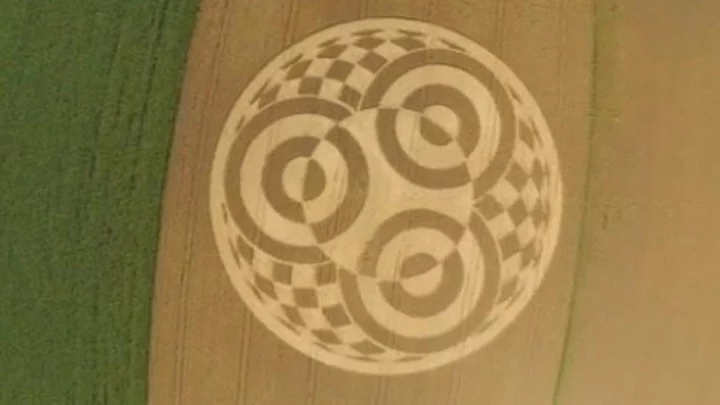
Study finds that UK has more crop circles than anywhere else
Researchers have revealed where in the UK has the most crop circles, in a significant victory for fans of chasing potential alien hotspots. The mysterious crop circle phenomenon is often attributed to unidentified flying object landings or other paranormal forces, with wannabe alien hunters travelling from far and wide to study the markings when they appear. According to Bonusfinder and ukcropcircles.co.uk, the southwestern county of Wiltshire has seen by far the most crop circles since 2005, with a whopping 380 instances of the strange event. Sign up to our free Indy100 weekly newsletter Hampshire was a distant second, with just 51 crop circles in the same period, followed by Oxfordshire with 35 crop circles. Monique Klinkenbergh, researcher and founder of the Crop Circle Visitor Centre and Exhibition, said the county’s sprawling landscape and relatively undisturbed countryside could be part of the reason for the flurry of potential extraterrestrial activity. “Crop circles seem to be attracted by ancient sites such as stone circles, long barrows, hill forts and other archaeological sites, for which Wiltshire is famous,” she said. “We have had so many different designs appearing, from small simple circles and ‘pictograms’ to extremely intricate and large patterns, sometimes with a very detailed and complex lay [the way the plants are flattened] on the ground. “Some crop circle patterns are familiar in design, suggesting they belong to a certain ‘school’ or ‘family-type’, such as Mathematical, Forms of Life, Religious, Astronomical, Codes and Mythology.” Klinkenbergh said invisible “Earth energies” are believed by some to run through ancient landmarks. That could be why the home of Stonehenge has so many crop circles, she said. However, she admitted that another far more mundane explanation could be at the heart of it: that they are manmade. Who would’ve thought it, eh? Have your say in our news democracy. Click the upvote icon at the top of the page to help raise this article through the indy100 rankings.
2023-07-19 23:25
